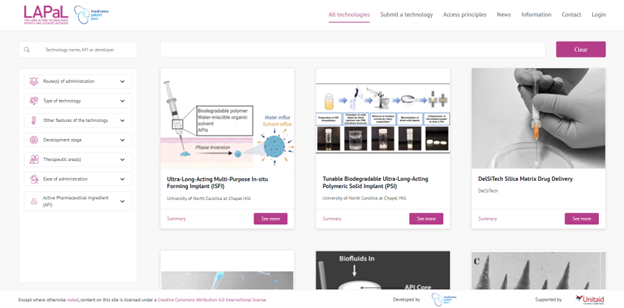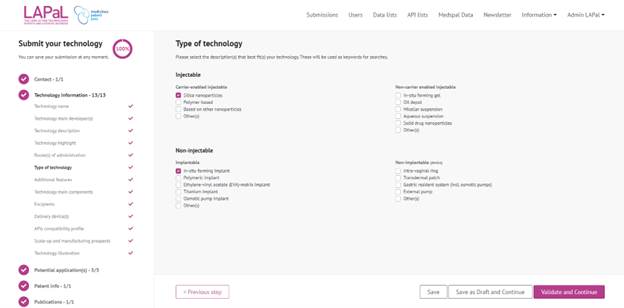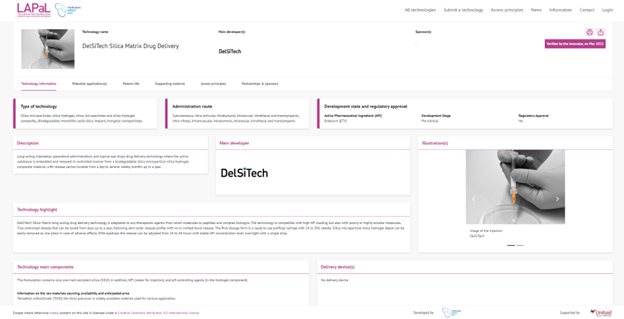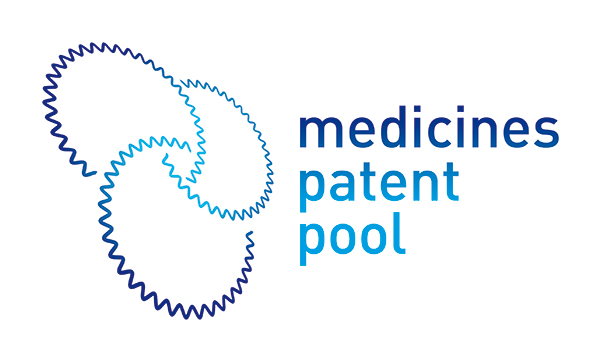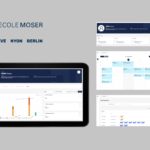The Medicines Patent Pool (MPP) Foundation is a United Nations-supported public health organisation whose mission is to facilitate the development of and access to health solutions, particularly in low and middle income countries. We have been working with the MPP since 2020. We had developed an interactive map which you can see here.
At the end of 2020, the organisation commissioned us to develop a new website for technical and intellectual property information on selected Long-Acting Technologies: LAPaL.
At the end of 2020, the organisation commissioned us to develop a new website for technical and intellectual property information on selected Long-Acting Technologies: LAPaL.
